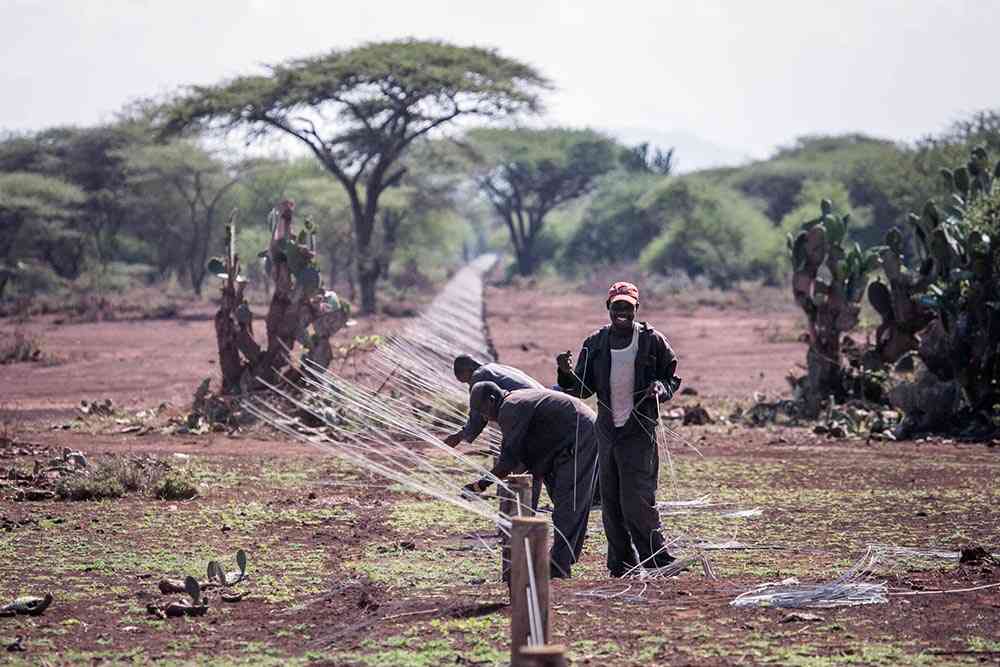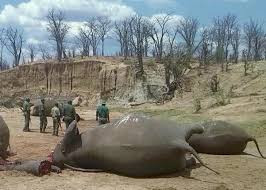
KARIBA, Apr.13 (NewsDayLive)- Communities in Binga have devised new strategies to manage and co-exist with the growing wildlife population in the district.
Wildlife plays a vital role in Zimbabwe's ecosystem and economy, with tourism being a significant contributor to the country's gross domestic product.
In rural communities like Binga, wildlife also holds cultural and spiritual significance, providing a source of livelihood and inspiration.
"We are excited to develop a Dangerous Animal Relocation Plan that will ensure the community can co-exist with wildlife in a safe and sustainable way," said Kalulu Mumpande, founder and director of Safe Environment and Wildlife Africa (Sewa).
"While nature restoration is a good thing, it also creates new conflicts. It's crucial to have robust mitigatory measures in place to ensure that the huge investment being made in nature restoration doesn't end up in vain."
To achieve this, Sewa is holding a district workshop with government stakeholders and traditional leadership to develop an inclusive plan.
The workshop aims to strengthen community participation in natural resources management, mitigate human-wildlife conflicts, and promote coexistence with wildlife.
The plan will be guided by the community, traditional leaders, conservation scientists, and local government, ensuring that it is inclusive and sustainable.
- Secure your business premises: Police
- New law answers exhumations and reburials question in Zim
- DT Bio Mudimba: A sungura perfectionist
- Travelling & touring: Gandavaroyi Falls: Tourism’s hanging fruit
Keep Reading
"The community will guide the plan on how they want to coexist with the species," Mumpande said.
"Due to improved conservation perspectives, most community members want to coexist with pythons and crocodiles, which are believed to indicate wetlands health and water discharge."
In Binga, wildlife is not only a source of food and income but also an integral part of the community's cultural heritage.
By developing a plan that balances human and wildlife needs, the community can ensure the long-term sustainability of their natural resources and the benefits they provide.
With the development of the DARP plan, the community can ensure that the benefits of conservation are sustained and that human-nature harmony prevails.










